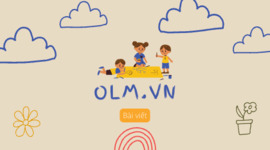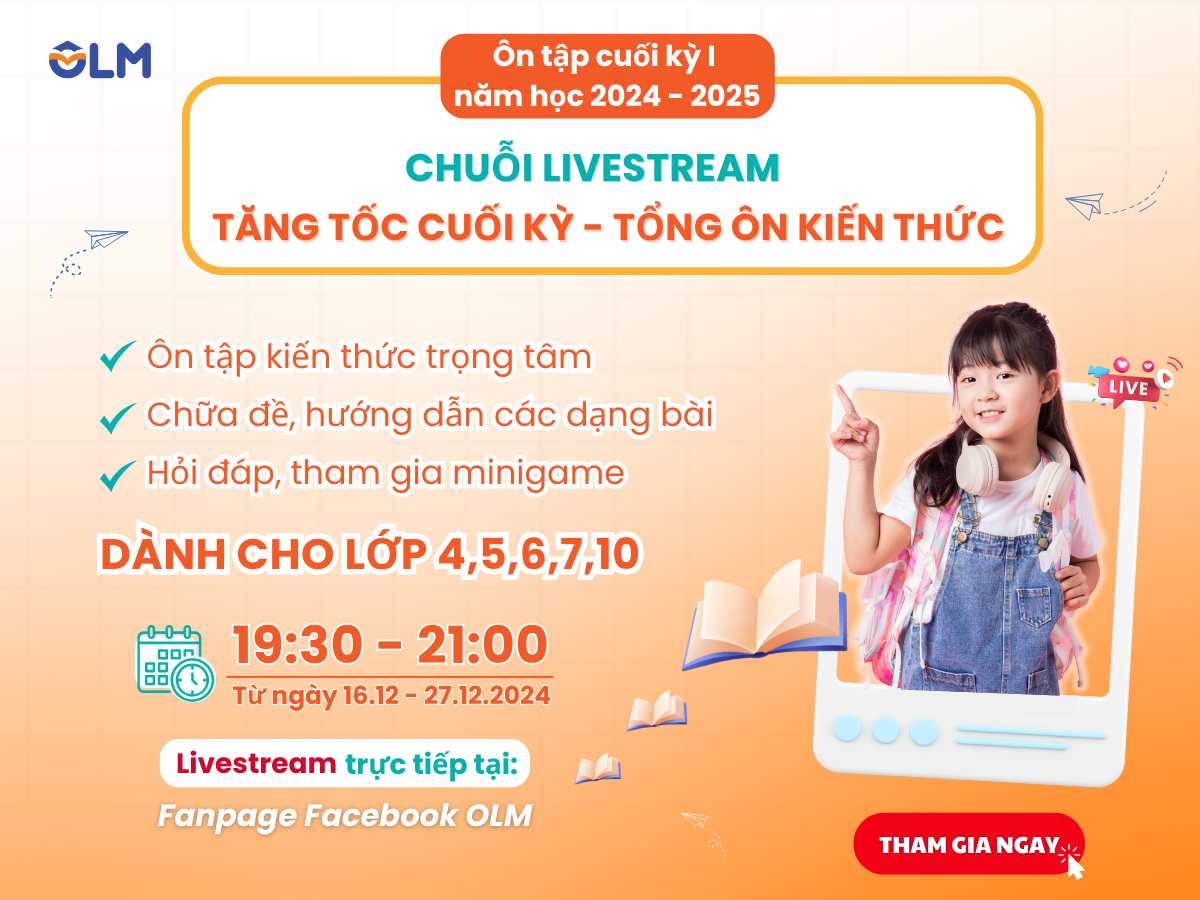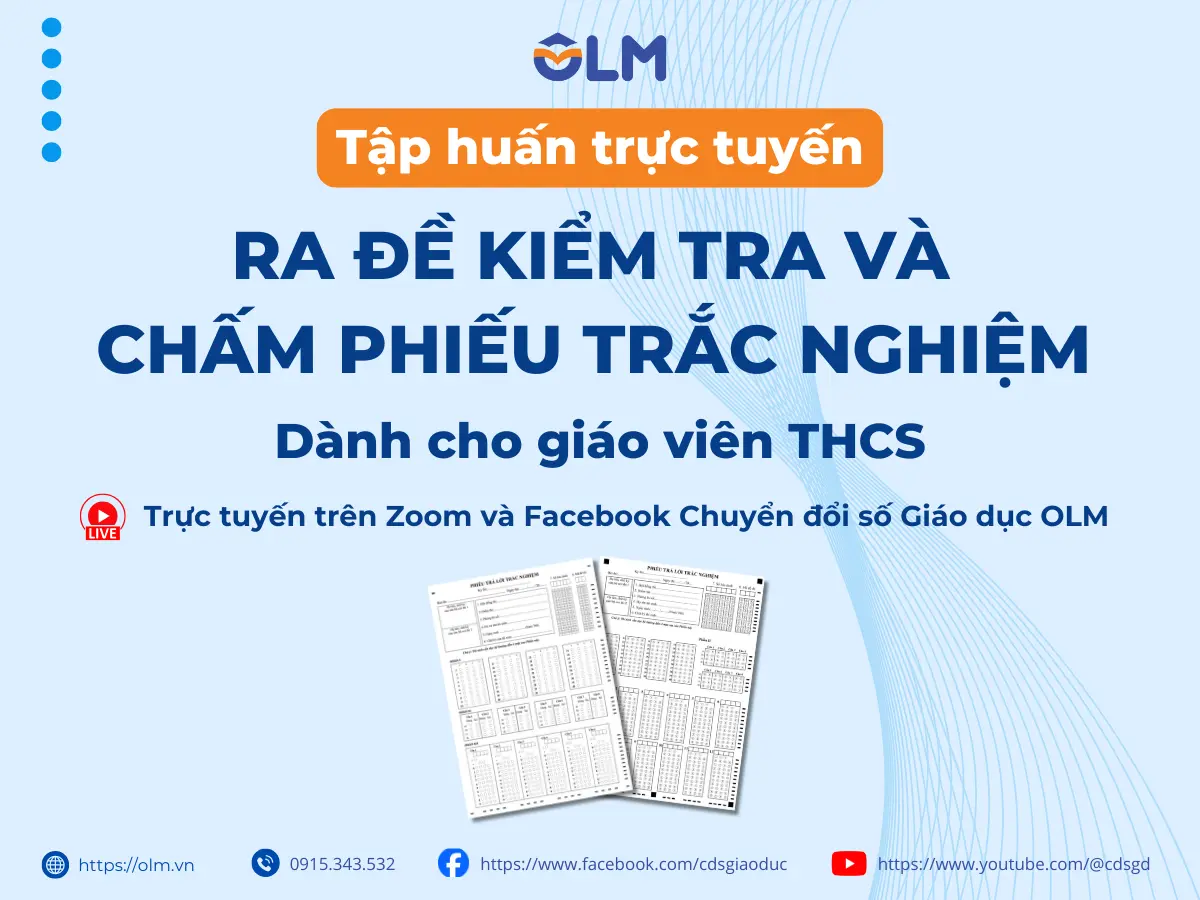1. b
- When showing the original next to the opposite reflection we can see (close to the mirror):

- The point of the arrow are inclinded to each other like that because the nock needs to be first reflected, whenever you place something next to the mirror, its first detail appear the nearest while the up or down direction is still the same
- The black bubble are opposite like that illustrated because the line of the circle and the inner white part is nearest to the mirror, leaving them at opposite places but still at the edge
- Just like the arrows, the 2 bubbles, starting off with the white bubble first and then the blue one
2. d - Just like the the first question - By observing reality, we can seperate each part of the object and place them touching the mirror and it all reflects like: whatever is near to the mirror first, appears nearest and whatever is the least, appear the farthest. (applied for all question of this contest)

- The blue squares are inclinded to each other
- The small squares duos are at the last edge but still opposite
- The black squares are inclinded to each other
- The white squares are also inclinded to each other like all the things above
3. e

- No up or down changes and like what I have said in the first part of the second question
- If we're not applying what I've said in the second question and only using the "no up or down changes", we could still get the answer by observing and comparing the details of each object shown:
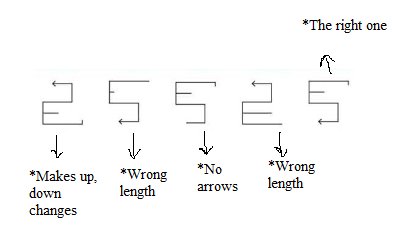
4. c - Observe and eliminate -
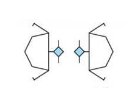
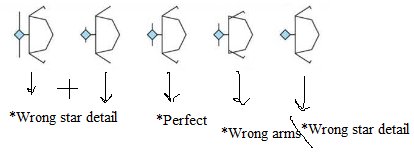
5. a

- By applying the "no up or down changes" and what I've said in the second question:
+ The horizontal of the L is the nearest to the mirror and then the vertical
+ The blue ball is the second nearest
+ The boxes on the top is still the same
+ The boxes below the line: the white part is more near to the mirror so it's first and then the black
+ The trees are last
